At present, there are about 300 kinds of iron-bearing minerals found in nature. According to the classification of chemical composition, the common iron ore mainly includes magnetite, hematite, limonite, and siderite. Below, we will introduce to you two different types of iron ore extraction processes.
Use the table of contents below to navigate through the guide:
01Limonite iron ore extraction process
Limonite is a typical refractory iron ore, which is easy to slime and has a poor separation index. The common limonite iron ore extraction process mainly includes gravity separation, magnetic separation, flotation, and combined process.

Limonite gravity separation process
In general, the limonite gravity separation is often used to treat the coarse-grained disseminated ores. In the production, most limonite concentrators will adopt the ore washing-gravity separation process to separate the limonite and martite, that is, use the screen washer, chute ore washer, and scrubbing machine to wash the ore, and then use the heavy-media separation equipment and jig to separate. This limonite iron ore extraction process has the advantages of simple equipment, low cost, and less power consumption, but its recovery rate is low and the grade of tailings is high.
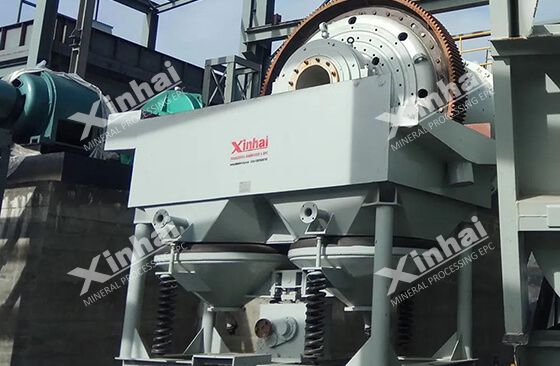
Limonite magnetic separation process
Because the limonite contains iron, the difference in iron content leads to the difference in magnetic properties. Generally, the high-intensity magnetic separation is used to separate limonite, but this limonite iron ore extraction process has a poor recovery rate for fine grains (-20um iron minerals).
Limonite flotation process
The single flotation method has a good recovery effect for the fine iron minerals, but limonite is easy to slime, which can seriously affect the flotation effect. Therefore, the desliming or strengthening slime disperse can be adopted before the flotation.
In the production, the limonite flotation process can choose positive flotation or reverse flotation. The research and practice show that reverse flotation is more suitable for the quality improvement and impurity reduction of limonite extraction. In addition, the crystalline particle of limonite is loosened, and the specific surface area is larger, which are easy to absorb and consume a large number of flotation reagent in the flotation process. So multi-stage and multi-separation is recommended for the limonite flotation process.

Limonite combined process
gravity separation- high intensity magnetic separation process
After fine crushing, grinding, washing, screening, and classifying, the coarse grained ore adopts the gravity separation method to obtain the concentrate, the middle grained ore adopts roller magnetic separator to obtain the concentrate, the fine grained and slime adopt the high gradient magnetic separator to obtain the concentrate.
In order to improve the recovery of iron, the re-grinding and re-separation of gravity separation middlings can improve the grade of iron concentrate obviously, and obtain a higher recovery because of the recovery of iron minerals in fine grains and slime.

Selective flocculation flotation process
When the grinding fineness reaches a certain value, adding the sodium carbonate and sodium silicate in the grinding process can disperse the pulp well, make the limonite flocculate selectively, but sometimes a single flocculation method is still difficult to improve the grade of limonite concentrate because a large number of a coarse grain of gangue mineral failed to be removed. Therefore, adopting the flotation process on the basis of the selective flocculation process can obtain a better mineral processing index.
Flocculation- high intensity magnetic separation process
For low-grade and fine-grained limonite, only fine grinding can obtain a high-grade iron concentrate, but at the same time, it will produce the sludge phenomenon, resulting in a low recovery rate. At this time, the flocculation-high intensity magnetic separation method can be used for low-grade and fine-grained limonite.
The practice shows that the flocculation-high intensity magnetic separation process can significantly improve the iron recovery and separation effect compared with the direct magnetic separation process under the condition of similar iron concentrate grade. The fine iron minerals originally lost in the high-intensity magnetic separation can be recovered by the selective flocculation process, which increases the apparent particle size and thus receives greater magnetic force. Therefore, the flocculation-high intensity magnetic separation process can be used for the fine-grained limonite, but it is necessary to control the slurry dispersion, selective flocculation process, and the separation conditions of high-intensity magnetic separator (mainly the ore feeding method and washing water, etc.).
02Siderite iron ore extraction process
Siderite is a common carbonate mineral with a low iron content, which usually appears as a granular, earthy, or dense mass aggregate. As a common weak magnetic iron ore, siderite is very difficult to extract. At present, the common siderite iron ore extraction process mainly includes gravity separation, high-intensity magnetic separation, flotation, magnetic roasting-low intensity magnetic separation process.
Siderite gravity separation process
The gravity separation process is suitable for the coarse and medium-grain disseminated siderite. There are two main siderite gravity separation processes: heavy medium separation and jigging separation.
◆Heavy medium separation
The fine particles of solid (such as ferrosilicon, magnetite, galena) with high density and easy-to-regeneration are mixed with water to form a heavy suspension with an adjustable density as the separation medium. The ore particles with a density greater than that of the medium sink, and the ore particles with a density smaller than that of the medium float up to be separated. This method has the advantages of large production capacity, low investment, high separation accuracy according to specific gravity, and strong adaptability to the granularity of selected ore.
◆ jigging separation
According to the density difference, the ore mixture is separated in a vertical and ascending variable speed medium flow. The jig machine has the characteristics of simple structure, low investment, high separation efficiency, and high recovery rate. Under suitable conditions, it can remove about 80% of waste rock in the siderite.
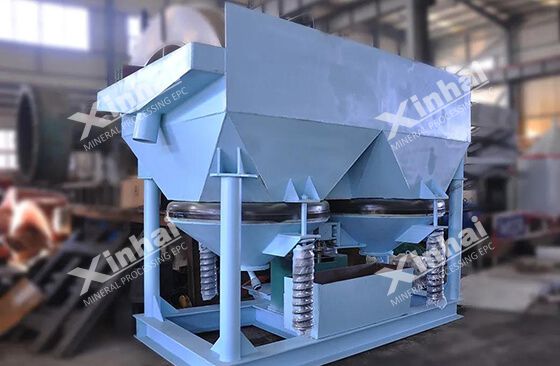
Siderite magnetic separation process
After the crushing, screening, grinding and classifying, the siderite is sent into the mud cleaning machine, desliming slot for several times of desliming. Then the siderite is sent to the wet magnetic separator for concentration, then the high-grade magnetic ore concentrate, low-grade magnetic tailings ores, and middle-grade magnetic middling are produced, respectively.
Siderite flotation process
The flotation process is mainly used to separate the fine siderite, including positive flotation and reverse flotation.
◆ positive flotation process
The siderite is ground to the required size and deslimed. After desliming, the products are added with the fatty acid collector in a neutral or weak acid medium to surface iron minerals (also known as acid positive flotation process). In addition, after grinding, the ore can also be added soda as the adjusting agents, oxidized paraffin soap, and tar oil as the collector in a weakly alkaline medium without desliming (also known as alkaline positive flotation process).
◆ reverse flotation process
The reverse flotation process mainly includes anionic collector reverse flotation process and cationic collector reverse flotation process. Anionic collector reverses flotation process means to add the calcium salt to activate the quartz in the strong alkaline medium, and mix the sodium hydroxide or sodium hydroxide with the sodium carbonate, adjust the pH value to 11 above, and adopt the starch or lignin sulfonate as the iron content inhibitors, fatty acid and its modification reagent as the collector to surface the quartz and another silicate. Cationic collector reverse flotation process means to use the sodium carbonate to adjust the pH value to 8-9, adopt the starch, dextrin, tannin, and other inhibitory siderite substances, amine collector to surface the quartz.

Siderite magnetic roasting-low intensity magnetic separation process
Siderite is the carbonate of iron. After the roasting of neutral or weak reducing atmosphere, the carbon dioxide in the ore is decomposed, which can improve the ore grade, and significantly enhance the magnetism of iron minerals, but the magnetism of gangue mineral change is little, so it can be separated by low-intensity magnetic separation method. The common magnetic roasting methods include reduction roasting, neutral roasting, oxidation roasting. Among them, the reduction roasting method is widely used in the production, that is, adopting the vertical furnace (75-15mm) and rotary kiln (15-0mm) to control the roasting temperature at 650-900℃, and keep the roasting time 6-8h for a long time and 15-10min for a short time, the siderite can be transformed into magnetite, and then the low magnetic field magnetic separator is used to obtain the concentrate with a high grade.
There are many types of iron ore and the nature of the ore is complex, so it is very important to choose a suitable iron ore extraction process. In order to obtain the desired economic benefits, it is recommended to conduct a beneficiation test before determining the iron ore extraction process.

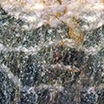
 marketing@ytxinhai.com
marketing@ytxinhai.com  0086 13810327080
0086 13810327080 





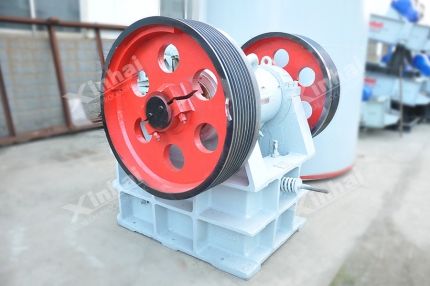

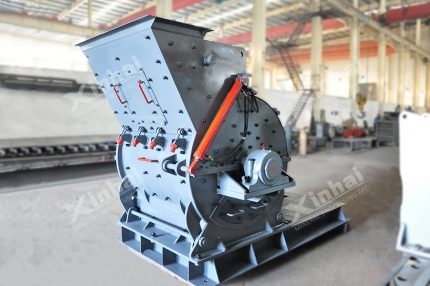

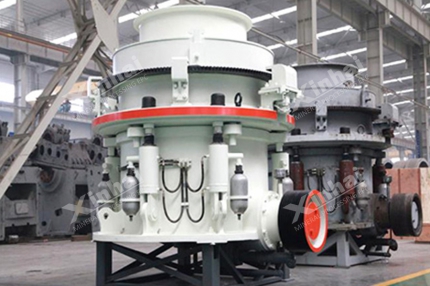




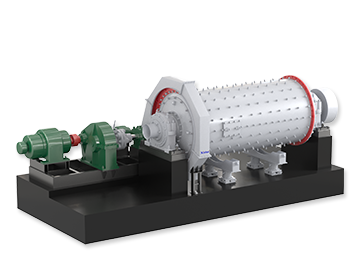
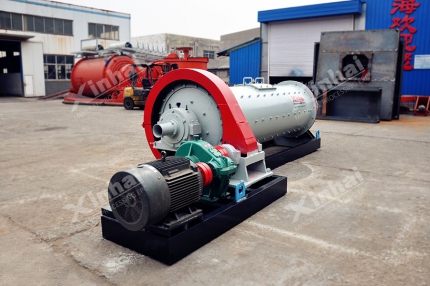







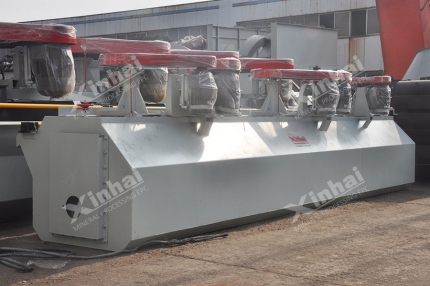
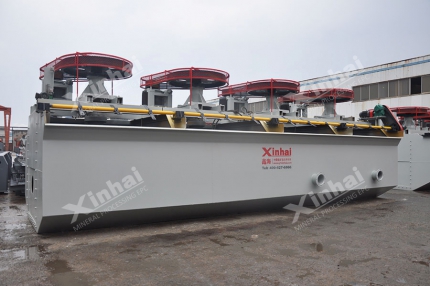
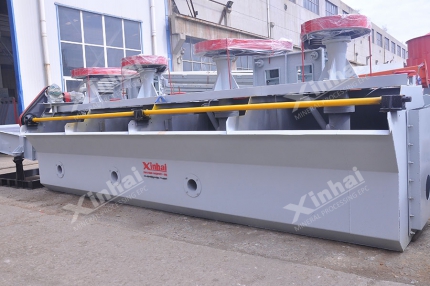

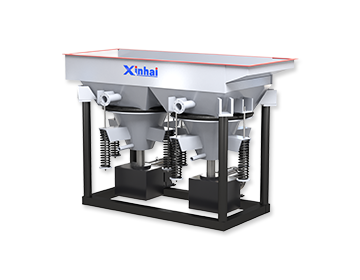
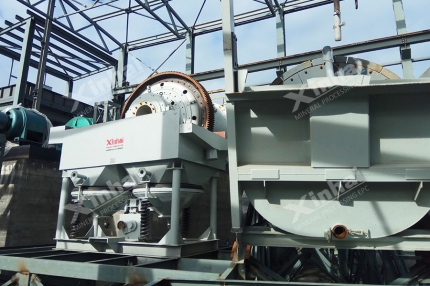
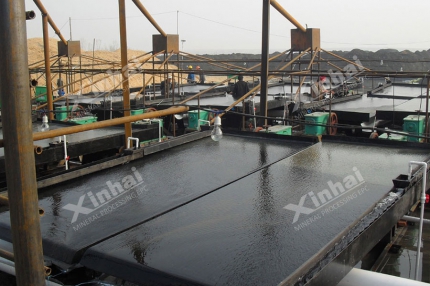


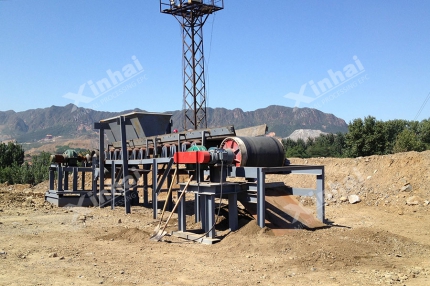











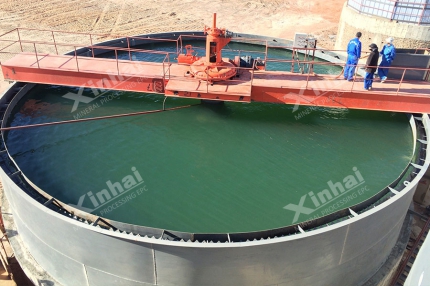











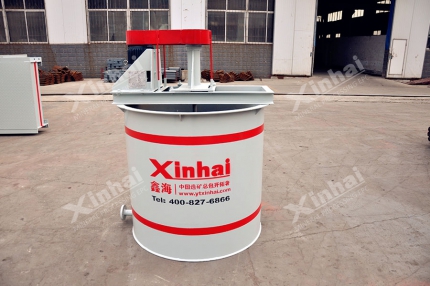






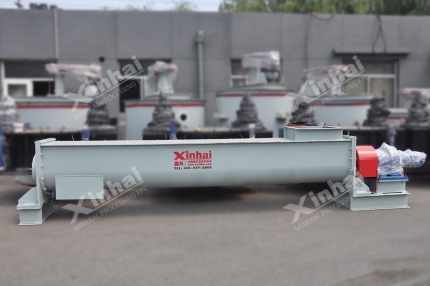



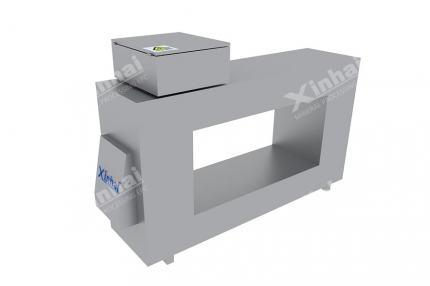
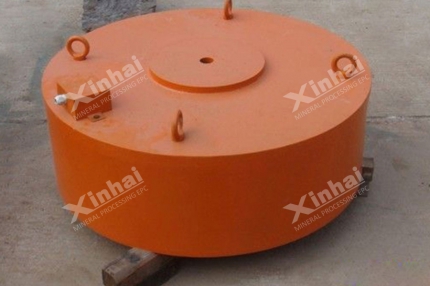


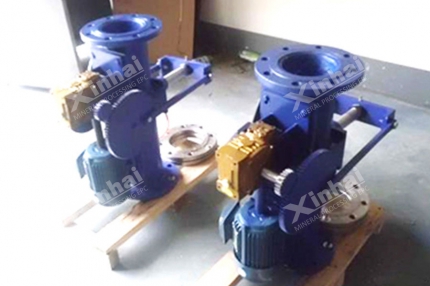
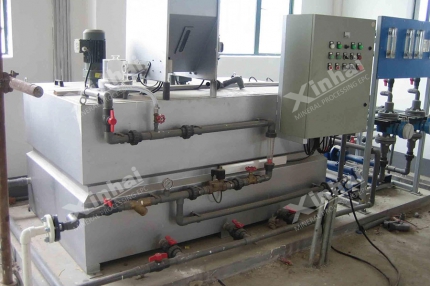


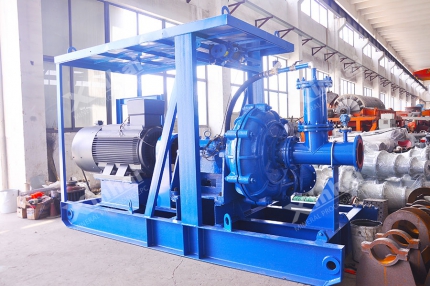
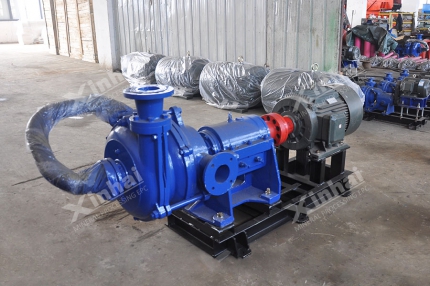


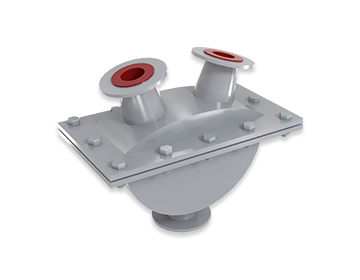
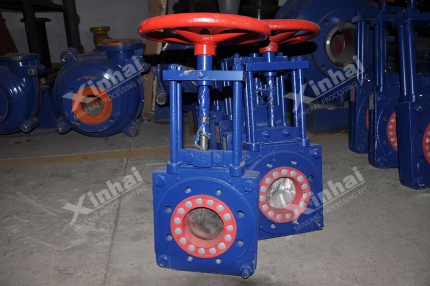












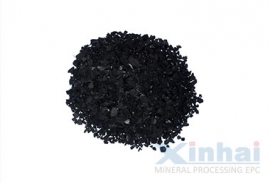
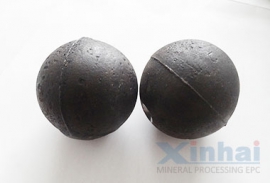



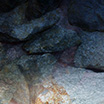



 CHAT
CHAT MESSAGE
MESSAGE








